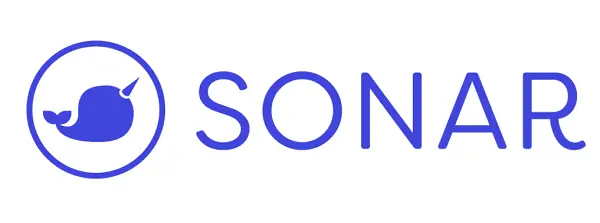The developers behind Microsoft Edge browser has launched a new open-source website scanning tool – SONAR to help the community identify and fix performance and security-related issues. The new linting (the process of analyzing code for potential errors) tool for the modern web brings many improvements compared to its predecessors.

Today, we are excited to announce the next evolution of the static scan tool: sonar, a new linting tool and site scanner for the modern web. sonar brings many improvements compared to previous scanners: execution of website code instead of static analysis, a more flexible and modernized set of rules, parallel test execution, integration with other services, a completely open source code base from day one, and more. Additionally, sonar can also be used as a command line tool (CLI) that you can integrate directly into your local web development workflows, mentions Anton Molleda.
The tool is available both as a web service that’s hosted by Microsoft and as a command-line tool for those who prefer to dig a bit deeper into the subject and integrate it into their own workflows and rules.
Microsoft SONAR Highlights
- A completely open source code base
- Integration with other services,
- Execution of website code instead of static analysis
- A more flexible and modernized set of rules
- Parallel test execution.
The developers of the system claim that Sonar follows a completely different approach for analyzing websites in a way that it doesn’t just run a static analysis on the code. rather, the ingenious tool executes the code in a container and can run tests in parallel.
In addition to building a robust browser and dependable web platform, it’s is essential to arm developers with responsive websites. Keeping this in mind, Microsoft launched modern.IE in 2013 featuring a static scan tool to detect optimizations for old versions of IE. But, a lot has changed since then. So, to keep pace with the latest developments, the static scanning tools also need a makeover. SONAR responds to these changes effectively.
More developers are invited to join in and help make the tool better.
Leave a Reply